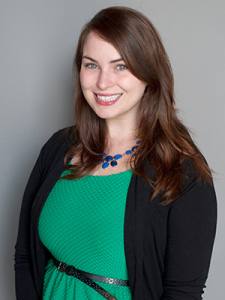As student enrollment in Tomball ISD steadily increases, a new state program may offer the district more flexibility in implementing certain state guidelines.
During the school board’s workshop meeting Aug. 8, Chief Academic Officer Martha Salazar-Zamora gave a presentation on making TISD a designated District of Innovation.
The District of Innovation concept gives traditional independent school districts more flexible guidelines that are traditionally only offered to charter-based schools. The program was passed during the 84th legislative session as part of House Bill 1842, according to the Texas Association of School Boards.
“It offers [school districts]greater local control as the decision makers over the education and instructional model for students,” Salazar-Zamora said. “It offers increased freedom and flexibility, and empowerment to innovate and think differently.”
Salazar-Zamora said TISD focused on three sections of the program: modifying the academic calendar to address student needs, adjusting class size and modifying teacher certification practices to allow more flexibility in who teaches curriculum.
“An example [of flexibility is] there might be a CTE teacher—somebody who is certified outside of education but has a very strong skill set in some type of career or technical education field [that could teach a course],” she said.
To begin the program, the school board must pass a resolution to initiate the process, assemble a District Improvement Planning Committee to determine how the program is implemented and hold a public hearing before the board votes on whether to adopt the program plan, she said.
TISD Superintendent Huey Kinchen said district staff would like to see that process completed before the 2017 spring semester.
“We’d like to have [it] done by December, if at all possible, so it gives us time in the spring to make recommendations,” he said.
Should the district move forward with the program, DIP committee meetings would begin this fall with implementation of the program starting as soon as the 2017-18 school year. The program would last for a total of five years, Salazar-Zamora said.




